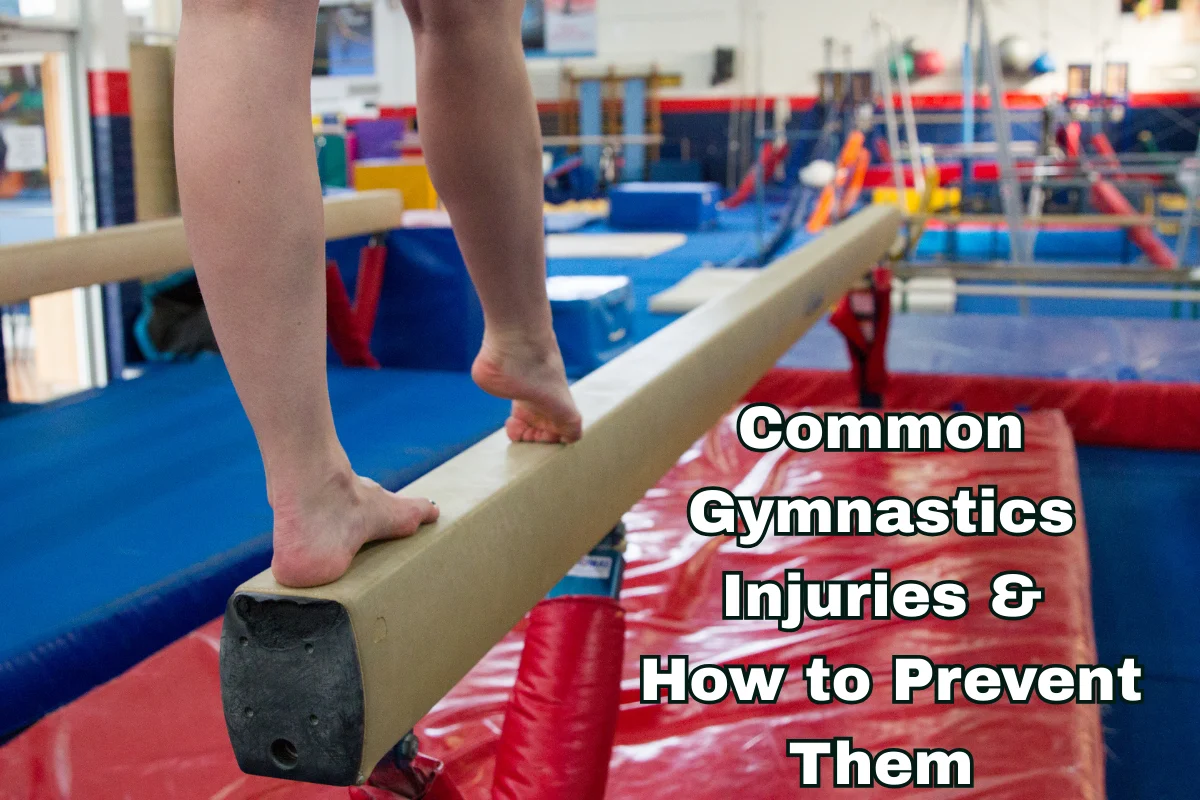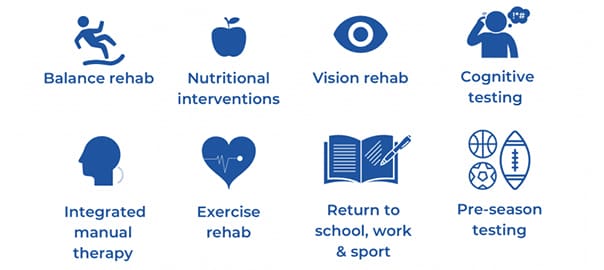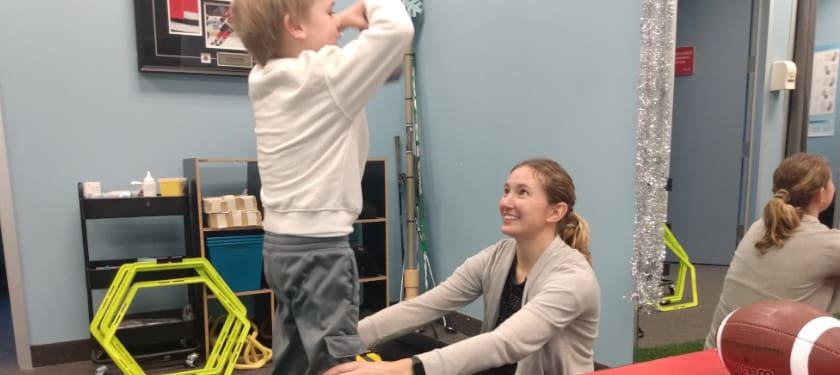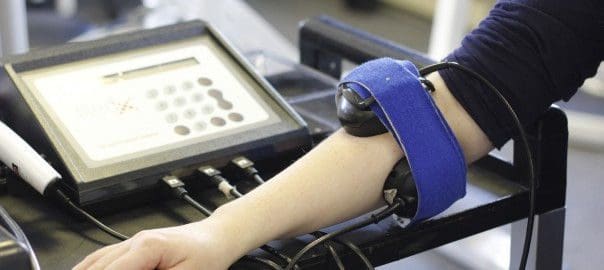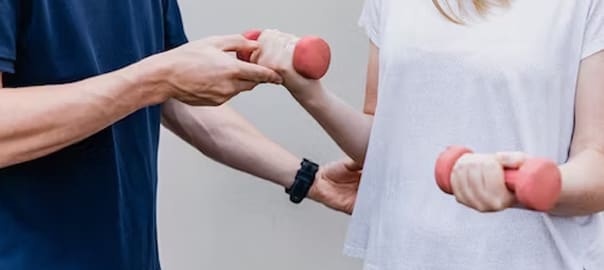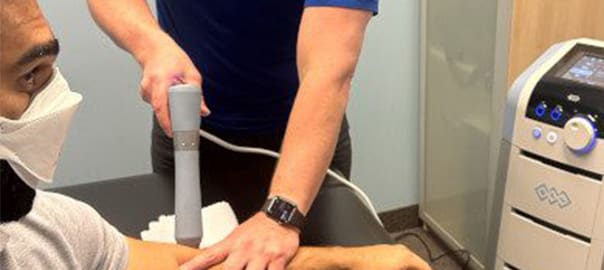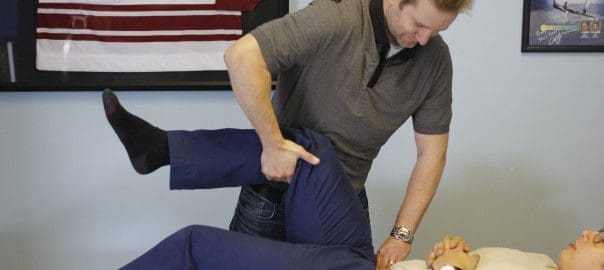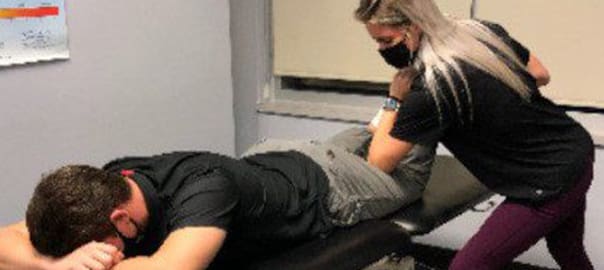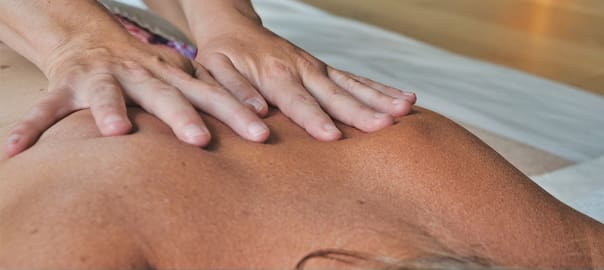Relax Just Breathe, Things You Didn’t Know About Your Diaphragm
Physiotherapy and strengthening the core and back can help several organs including the diaphragm. Your diaphragm is a double dome-shaped muscle within your chest cavity that facilitates the functioning of your lungs and proper breathing. Your diaphragm has two very important roles: it aids in respiratory effectiveness and stabilizes the core. But how does it carry out this important role? Read on to find out.
Note: Are you an athlete or a weekend warrior living in Oakville or Burlington and you know you do not perform at your peak? Check with our physiotherapists from the Oakville and Burlington physio clinics.
When the diaphragm contracts and moves downwards, it makes space for air to fill the lungs. Alternately, when the diaphragm relaxes, it expands and forces the air out of the lungs. As you can see, the diaphragm is a highly valuable muscle of respiration. However, most of the time, it’s overlooked! But here are a few interesting things about the diaphragm.
The diaphragm is a key member of a team of muscles which help to create dynamic postural stability. It forms the ceiling of the core “cylinder” working with the internal and external obliques, transverse abdominus, quadratus lumborum, and the pelvic floor. Together, they all make up the foundation of core stabilization. Similar to the guy wires that stabilize the telephone pole, the core keeps the spine upright and strong.
2. Retraining proper firing of the diaphragm can help to reduce urinary incontinence and low back pain. Research has shown that altered firing mechanics of the diaphragm can lead to low back pain and/or urinary incontinence. What this means is that with proper re-education of the firing of the diaphragm, with the goal of full excursion (complete expansion of the belly), low back pain and bladder problems can be reduced. The relationship is due to the above point (the role of the diaphragm and the core), the pelvic floor and diaphragm controls the intra-abdominal pressure within the pelvis and abdomen–therefore proper breathing mechanics restores optimal pressures needed to control movements and support of the pelvic organs. Click here to read more about the diaphragm and continence as it correlates with low back pain.
3. Slow breathing with the diaphragm can calm down the nervous system. Breathing is connected to the autonomic nervous system. Quick shallow breathing is usually activated when we are in fight or flight mode (the sympathetic nervous system). It allows us to bring oxygen to the muscles as quickly as possible. Stress hormones are activated and we’re ready to take on whatever is causing us to be fearful or anxious. This is useful when something is chasing us, but in our day-to-day lives, if this system is turned on for too long, it can have serious health repercussions. So to reduce stress in our lives, relax and just breathe–correctly. Easier said than done, but achievable with consistent practice. Remember that old habits die hard, and breathing is something we do thousands of times a day–therefore, perfect practice makes perfect. At the bottom of this article, there’s an exercise for you to try.
4. Slow breathing with the diaphragm can reduce pelvic pain. The pelvic floor and diaphragm are linked together as the cylinder we called “the core”. Long, slow breaths encourages complete relaxation of the pelvic floor and thus can help decrease pain for people with pelvic floor pain/dysfunction. Our clinic is one of few that has a pelvic floor specialist, call us to learn more.
You may find it interesting to observe how a young child breathes. They usually got it right, not knowing how to hold the stomach in firmly, they keep the diaphragm extended while looking in the mirror!
There are a also number of simple exercises, requiring no equipment, to assist and strengthen the diaphragm. Here is one for you to try:
- Lie on the floor face up with knees slightly bent.
- Place a small pillow under the head if that is more comfortable for you.
- Place your hands lightly on your stomach.
- Concentrate on breathing using the diaphragm, not using the chest, and feeling the stomach rise as the lungs fill from the bottom.
- Let the stomach fall naturally when breathing out by relaxing the diaphragm.
- The next stage is to stand up and place your hands on your stomach again, feeling how you breathe. Surprisingly, you may find this step requires some concentration initially.
- Finally, make it functional. Practice breathing correctly during your day-to-day activities.
If you really want to focus on strengthening your diaphragm, there are several diaphragmatic breathing techniques you can practice. These techniques can also reduce stress and blood pressure, leading to overall well-being and efficient functioning of the body. Read on to find out how you can practice them.
Rib-stretching breathing
1. Begin by crossing your arms across your chest so that your palms are on both sides of your rib cage. You can do this in a sitting or standing position.
2. Breathe in through your nose as much as possible, without causing strain.
3. As you breathe in, you must feel your ribs expand onto your hands.
4. Hold this for 5 to 10 seconds.
5. Finally, breathe out slowly.
Lower back breathing
1. Begin by placing your palms on your lower back, parallel to your kidneys.
2. As you inhale slowly through your nose, picture the breath going into your hands on your lower back.
3. It may help you contract the stomach gently as well.
4. At this point, you may or may not feel the slightest movement/twinge in your lower back.
5. Exhale through the nose or mouth, allowing the belly and waists to contract into a normal position.
6. Inhale once again, ‘sending’ the breath to the lower back.
7. Exhale and repeat this process for up to 10 cycles.
Box breathing
1. In a standing or sitting position, begin by emptying your lungs of all air by exhaling through the mouth.
2. While slowly counting to 4, begin inhaling till your lungs are full.
3. Hold this position and count slowly to 4 again.
4. Exhale to the count of 4 slowly.
5. Hold this position again while counting slowly to 4.
6. Repeat this technique for up to 10 times.
If you want to know more about the diaphragm, core stability and physiotherapy to improve your way of life, contact Sheddon Physio in Oakville and Burlington today. Alternately, if you like to book an appointment with our clinic, click here!
For more info, contact Sheddon Physiotherapy and Sports Clinic at 905-849-4576.
We are located only 6 min East of Oakville Place and 4 min East of Whole Foods Market on Cornwall Rd.
The Burlington physio clinic is located only 8 min north-east of LaSalle Park and 10 min north of Burlington Golf & Country Club, on Plains Rd East.






